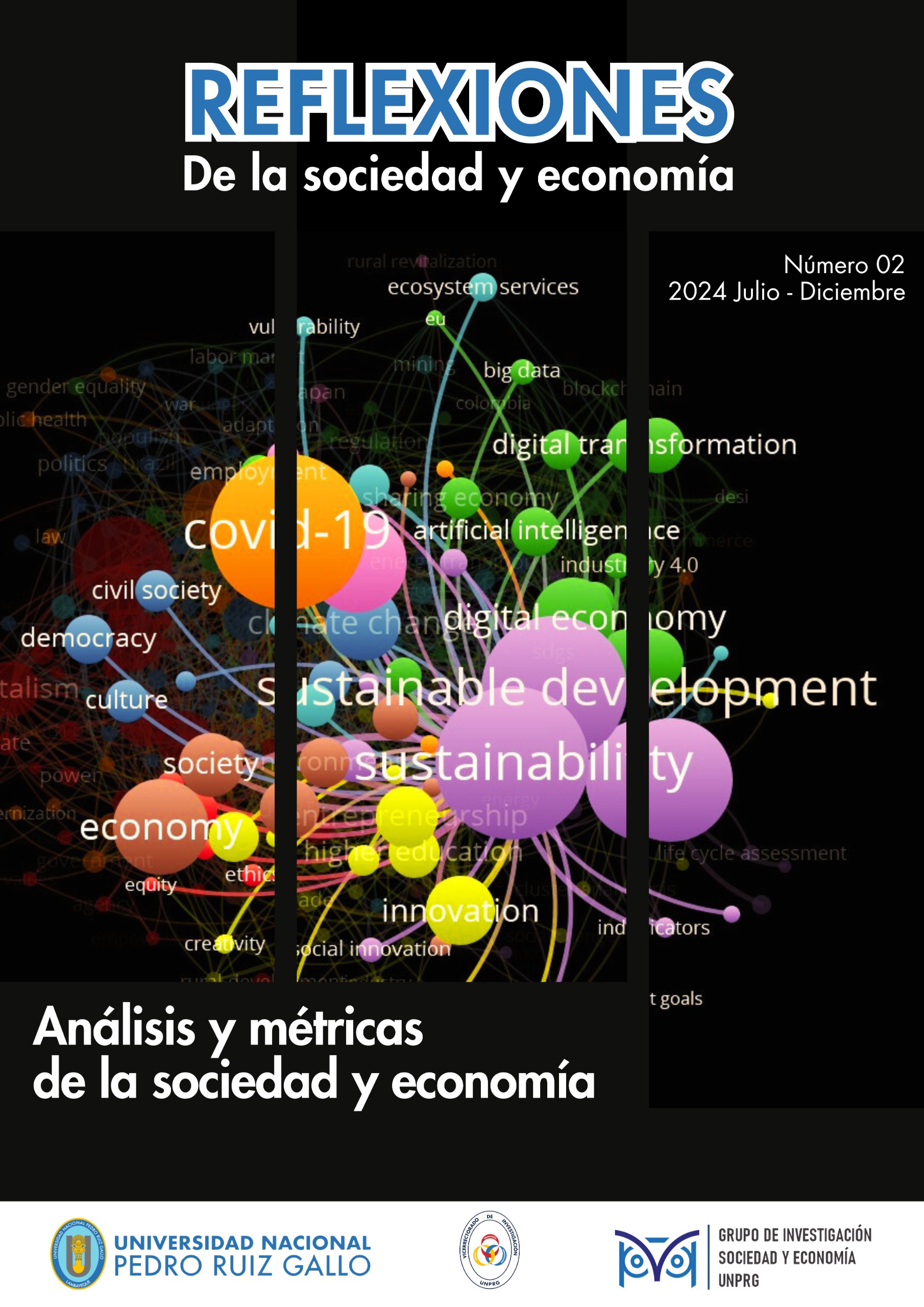Conocimiento científico sobre la aplicación de la Inteligencia Artificial en el aprendizaje de las matemáticas. Una revisión bibliométrica
DOI:
https://doi.org/10.62776/rse.v1i2.17Palabras clave:
Inteligencia artificial, educación matemática, análisis bibliométrico, aprendizaje personalizadoResumen
Este estudio revisa la producción científica sobre la aplicación de la inteligencia artificial (IA) en el aprendizaje de las matemáticas mediante un análisis bibliométrico. Se busca identificar patrones y tendencias en la literatura existente, evaluando la evolución de las publicaciones, los autores e instituciones más influyentes, y los temas predominantes. La metodología incluyó una búsqueda sistemática en la base de datos SCOPUS, utilizando una ecuación de búsqueda específica sin limitaciones temporales. Se analizaron 251 publicaciones, y se emplearon herramientas como Bibliometrix, VosViewer y Datawrapper para crear mapas científicos de redes semánticas y de coautorías. Los resultados revelan un aumento significativo en las publicaciones desde 2020, con un amplio interés en temas como la personalización del aprendizaje y la tecnología educativa avanzada. Los autores más destacados, como Li C. y Xing W., han sido identificados como líderes en el campo. Las revistas "Lecture Notes in Computer Science" y "CEUR Workshop proceedings" son las más influyentes. Se observó una fuerte colaboración internacional y entre instituciones, especialmente con una destacada participación de instituciones estadounidenses. Las conclusiones subrayan la importancia de la IA en la educación matemática y destacan áreas de crecimiento futuro, como la ética y la competencia digitales. Sin embargo, una limitación notable del estudio es el uso de una sola base de datos, lo que podría sesgar los resultados.
Citas
Bibliometrix. (2023). Bibliometrix—Home. https://www.bibliometrix.org/home/index.php
Brookes, B. C. (1985). Bradford’s law and the bibliography of science. In A. Kent (Ed.), Encyclopedia of Library and Information Science (Vol. 15, pp. 95–106). Marcel Dekker.
Chen, L., Chen, P., & Lin, Z. (2020). Artificial Intelligence in Education: A Review. IEEE Access, 8, 75264–75278. https://doi.org/10.1109/ACCESS.2020.2988510
Gao, S., & Jia, R. (2021). Reform of Mathematics Teaching Mode from the Perspective of Artificial Intelligence and Big Data. Lecture Notes on Data Engineering and Communications Technologies, 81, 793–797. https://doi.org/10.1007/978-3-030-79197-1_115
Jin, J., Li, C., & Zhu, Q. (2022). Innovations in AI for Education: Case Studies and Applications. Journal of Educational Technology, 23(5), 78–92. https://doi.org/10.1016/j.edutech.2022.07.003
Kaushik, R., Parmar, M., & Jhamb, S. (2021). Roles and Research Trends of Artificial Intelligence in Mathematics Education. 2021 2nd International Conference on Computational Methods in Science & Technology (ICCMST), 202–205.
Li, C., & Xing, W. (2022). Revealing Factors Influencing Students’ Perceived Fairness: A Case with a Predictive System for Math Learning. Proceedings of the Ninth ACM Conference on Learning @ Scale, 409–412. https://doi.org/10.1145/3491140.3528293
Li, X., & Zaki, R. (2024). Harnessing the Power of Digital Resources in Mathematics Education: The Potential of Augmented Reality and Artificial Intelligence. EAI/Springer Innovations in Communication and Computing, Part F2195, 191–223. https://doi.org/10.1007/978-3-031-50139-5_10
Lotka, A. J. (1926). The frequency distribution of scientific productivity. Journal of the Washington Academy of Sciences, 16(12), 317–323. https://doi.org/10.5962/bhl.part.29338
McArthur, D., Stasz, C., & Hotta, J. Y. (1987). Learning problem-solving skills in algebra. Journal of Educational Technology Systems, 15(3), 303–324.
Moral-Sánchez, S. N., Rey, F. J. R., & Cebrián-De-la-Serna, M. (2024). Analysis of artificial intelligence chatbots and their potential in education. Computers & Education.
Müller, J. (2023). Visualizing data with Datawrapper: An introduction to creating interactive charts and maps. Data Visualization Journal, 5(2), 45–60.
Murphy, K. P. (2012). Machine learning: a probabilistic perspective. MIT press.
Opesemowo, O. A. G., & Adewuyi, H. O. (2024). A systematic review of artificial intelligence in mathematics education: The emergence of 4IR. Eurasia Journal of Mathematics, Science and Technology Education, 20(7), em2478.
Qu, G., Hu, W., Jiao, W., & Jin, J. (2021). Application of deep learning-based integrated trial-error+ science, technology, reading/writing, engineer, arts, mathematics teaching mode in college entrepreneurship education. Frontiers in Psychology, 12, 739362.
Schoenfeld, A. H. (2014). Mathematical problem solving. Elsevier.
Tian, X., Zhao, J., & Nguyen, K. T. (2021). Practical Research on Primary Mathematics Teaching with Artificial Intelligence. Journal of Educational Technology Research and Development.
VOSViewer. (2023). VOSviewer—Visualizing scientific landscapes. https://www.vosviewer.com/









